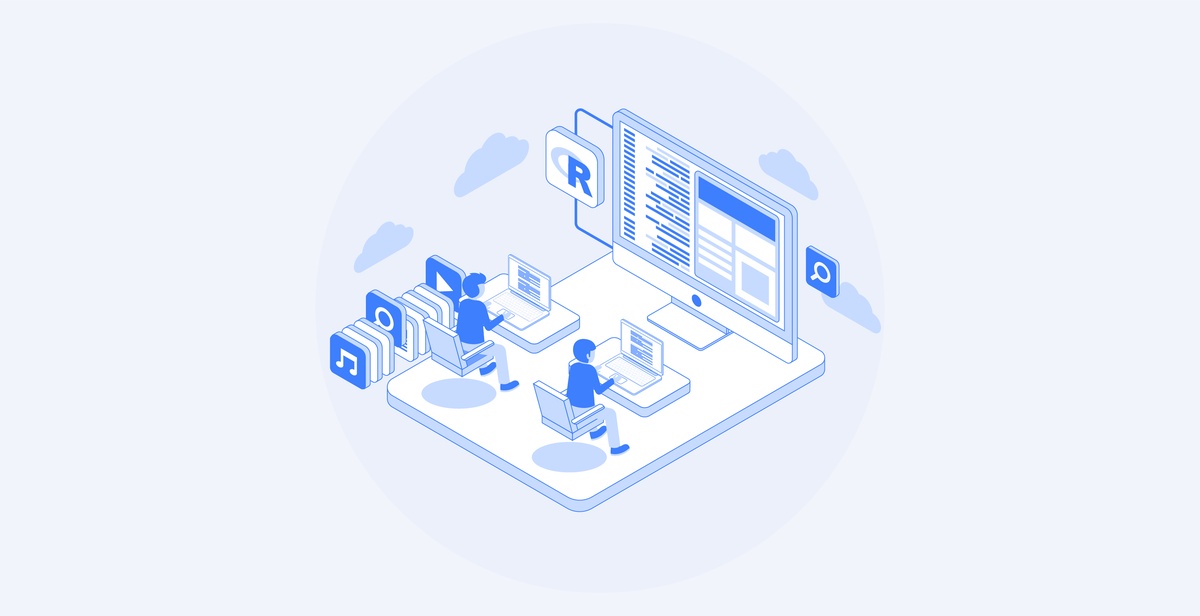Introduction
Web scraping can seem daunting, but with the right tools and techniques, it can be a valuable source of data for research, analysis, and decision-making. In this article, we will provide a step-by-step guide to getting started with web scraping.
Step 1: Identify the Data to Scrape
The first step in web scraping is to identify the data you want to scrape. This could be anything from product prices on an e-commerce website to social media activity on a particular platform.
Step 2: Choose the Right Tools
Once you have identified the data you want to scrape, you need to choose the right tools for the job. Some popular web scraping tools include:
- BeautifulSoup: A Python library for parsing HTML and XML documents.
- Scrapy: A Python framework for web crawling and data extraction.
- Selenium: A web browser automation tool for scraping websites.
- Octoparse: A visual web scraping tool that requires no coding.
Step 3: Understand the Website's Structure
Before you can start scraping a website, you need to understand its structure. This involves identifying the HTML elements that contain the data you want to scrape. You can use your web browser's developer tools to inspect the website's HTML code and identify the relevant elements.
Step 4: Write Your Code
Once you have identified the data you want to scrape and the relevant HTML elements, you can start writing your code. This will typically involve using the web scraping tool of your choice to send requests to the website and extract the relevant data.
Step 5: Test Your Code
Before you start web scraping to guide large amounts of data, it is important to test your code on a small sample to ensure that it is working correctly. This will help you identify any errors or issues before you start scraping large amounts of data.
Step 6: Scale Up Your Scraping
Once you have tested your code and are confident that it is working correctly, you can start scaling up your scraping. This may involve scraping data from multiple pages or websites, or using more advanced techniques such as API scraping.
Step 7: Ensure Compliance with Legal and Ethical Guidelines
When scraping data from websites, it is important to ensure that you are complying with legal and ethical guidelines. This may involve obtaining permission from website owners, respecting their terms of service, and complying with data protection and copyright laws.
Conclusion
A web scraping guide can be a powerful tool for extracting data from websites automatically. By following these steps and using the right tools and techniques, you can start scraping data for research, analysis, and decision-making. However, it is important to use web scraping in an ethical and legal manner, and to ensure that you are complying with applicable laws and regulations.


No comments yet